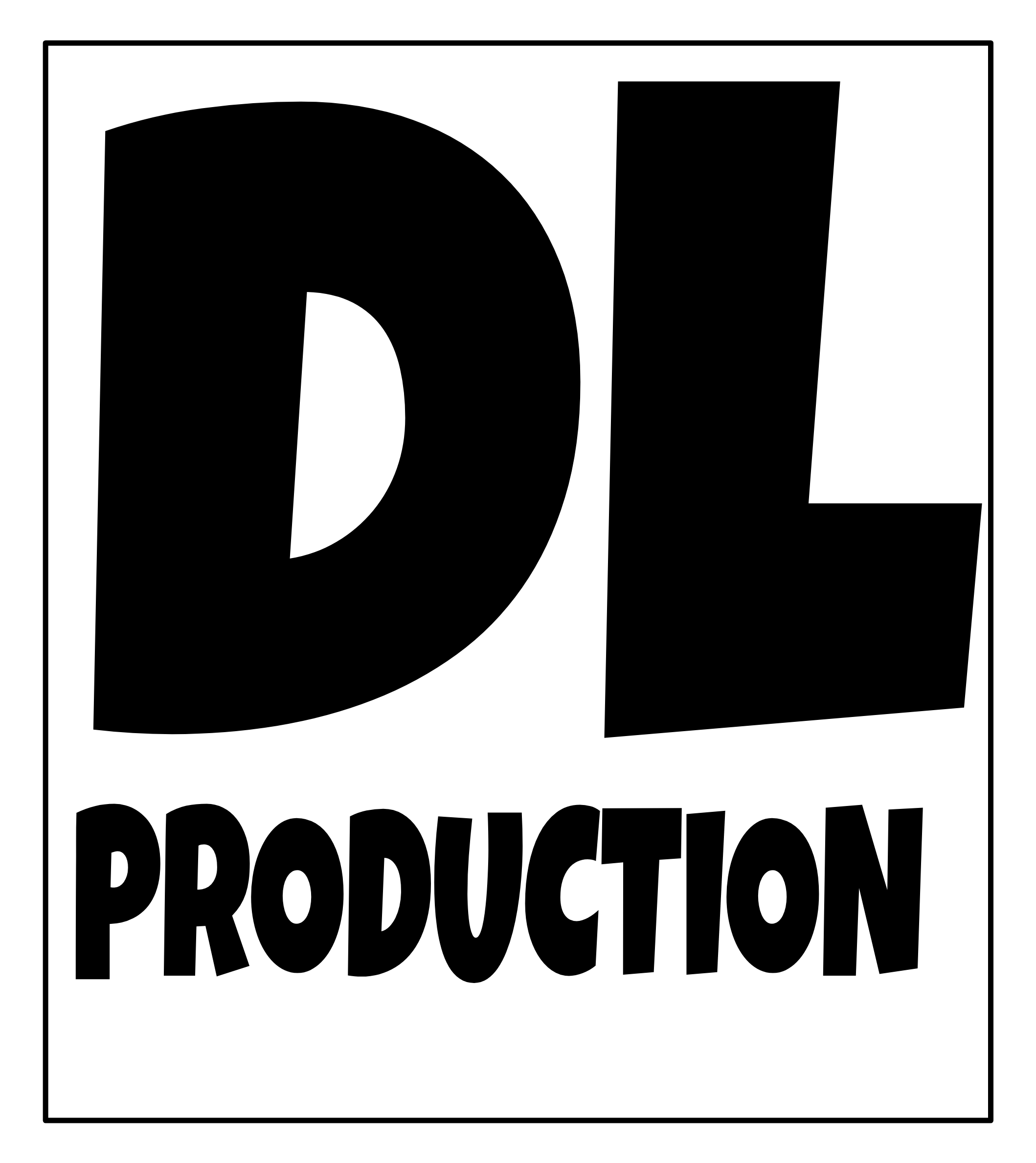

The Complete Guide to Site Speed Optimization for Better SEO
Learn how to optimize your website’s speed to improve your SEO rankings. This complete guide covers all the tips and techniques for site speed optimization.
Introduction
Site speed is an important factor for SEO. Not only does it affect the user experience, but it also impacts search engine rankings. In this complete guide to site speed optimization for better SEO, we’ll cover all the tips and techniques you need to know to make your website load faster and rank higher in search engine results pages (SERPs).
Headings:
-
Why Site Speed Matters for SEO
-
How to Measure Your Website’s Speed
Tips for Improving Site Speed
a. Minimize HTTP Requests
b. Enable Compression
c. Minimize Server Response Time
d. Optimize Images
e. Minimize CSS and JavaScript
f. Use Browser Caching
g. Reduce Redirects
- h. Use a Content Delivery Network (CDN)
- Tools for Site Speed Optimization
- Common Site Speed Issues and Solutions
- Conclusion
Subheadings:
Why Site Speed Matters for SEO
Site speed is a critical factor for SEO because search engines like Google prioritize websites that load quickly. Slow-loading websites can result in a poor user experience, which can negatively impact your SEO rankings. In addition, fast-loading websites tend to have higher engagement rates and lower bounce rates, which can further improve your SEO performance.
How to Measure Your Website’s Speed
Before you can begin optimizing your website’s speed, you need to know how fast it currently loads. There are several free tools you can use to measure your website’s speed, including Google PageSpeed Insights, GTmetrix, and Pingdom. These tools will provide you with a detailed report that outlines your website’s load time, page size, and other important metrics.
Tips for Improving Site Speed
There are several tips you can follow to improve your website’s speed and optimize it for better SEO performance. Here are some of the most effective techniques:
Minimize HTTP Requests: The more HTTP requests your website makes, the longer it will take to load. Minimizing HTTP requests by combining CSS and JavaScript files can help speed up your website.
Enable Compression: Compressing your website’s files can significantly reduce their size, making your website load faster. You can enable compression using tools like Gzip.
Minimize Server Response Time: Your website’s server response time can impact its speed. Optimizing your server settings and using a content delivery network (CDN) can help reduce server response time.
Optimize Images: Large images can slow down your website’s load time. Optimizing images by reducing their size and compressing them can help improve your website’s speed.
Minimize CSS and JavaScript: Excessive CSS and JavaScript can slow down your website. Minimizing and optimizing these files can help reduce your website’s load time.
Use Browser Caching: Browser caching can help speed up your website by storing frequently accessed files locally on the user’s device.
Reduce Redirects: Redirects can add additional HTTP requests and slow down your website. Minimizing redirects can help improve your website’s speed.
Use a Content Delivery Network (CDN): A CDN can help distribute your website’s content across multiple servers, reducing server response time and improving load times for users.
Tools for Site Speed Optimization
- There are several tools available that can help you optimize your website’s speed, including:
- Google PageSpeed Insights: Provides insights and recommendations for improving your website’s speed.
- GTmetrix: Measures your website’s speed and provides optimization recommendations.
- Pingdom: Measures your website’s speed and provides uptime monitoring.
- Common Site Speed Issues and Solutions
FAQ
Q: What is site speed optimization?
A: Site speed optimization is the process of improving the speed at which your website loads. This includes optimizing your website's code, images, and other content to reduce load times and improve the user experience.
Q: Why is site speed important for SEO?
A: Site speed is an important factor for SEO because search engines prioritize websites that load quickly. Slow-loading websites can result in a poor user experience, which can negatively impact your SEO rankings. In addition, fast-loading websites tend to have higher engagement rates and lower bounce rates, which can further improve your SEO performance.
Q: How can I measure my website's speed?
A: There are several free tools you can use to measure your website's speed, including Google PageSpeed Insights, GTmetrix, and Pingdom. These tools will provide you with a detailed report that outlines your website's load time, page size, and other important metrics.
Q: What are some common site speed issues?
A: Some common site speed issues include large image sizes, excessive CSS and JavaScript, too many HTTP requests, slow server response time, and lack of browser caching.
Q: What are some techniques for improving site speed?
A: Some techniques for improving site speed include minimizing HTTP requests, enabling compression, minimizing server response time, optimizing images, minimizing CSS and JavaScript, using browser caching, reducing redirects, and using a content delivery network (CDN).
Q: Can site speed optimization improve my website's SEO rankings?
A: Yes, site speed optimization can improve your website's SEO rankings by improving the user experience, reducing bounce rates, and increasing engagement rates. In addition, search engines like Google prioritize websites that load quickly, so improving your site speed can also result in higher search engine rankings.
Add a comment Cancel reply
Categories
- Blogging (1)
- DL Production (10)
- News ePaper (22)
- News ePaper English (10)
- News ePaper Hindi (12)
- Personal Finance (3)
- Recipes (1)
- SEO (4)
- TATA ipl (1)
Recent Posts
About us

Popular Tags
Related posts


The Beginner's Guide to Keyword Research for SEO


What are Meta Tags and How to Use Them for Better SEO







